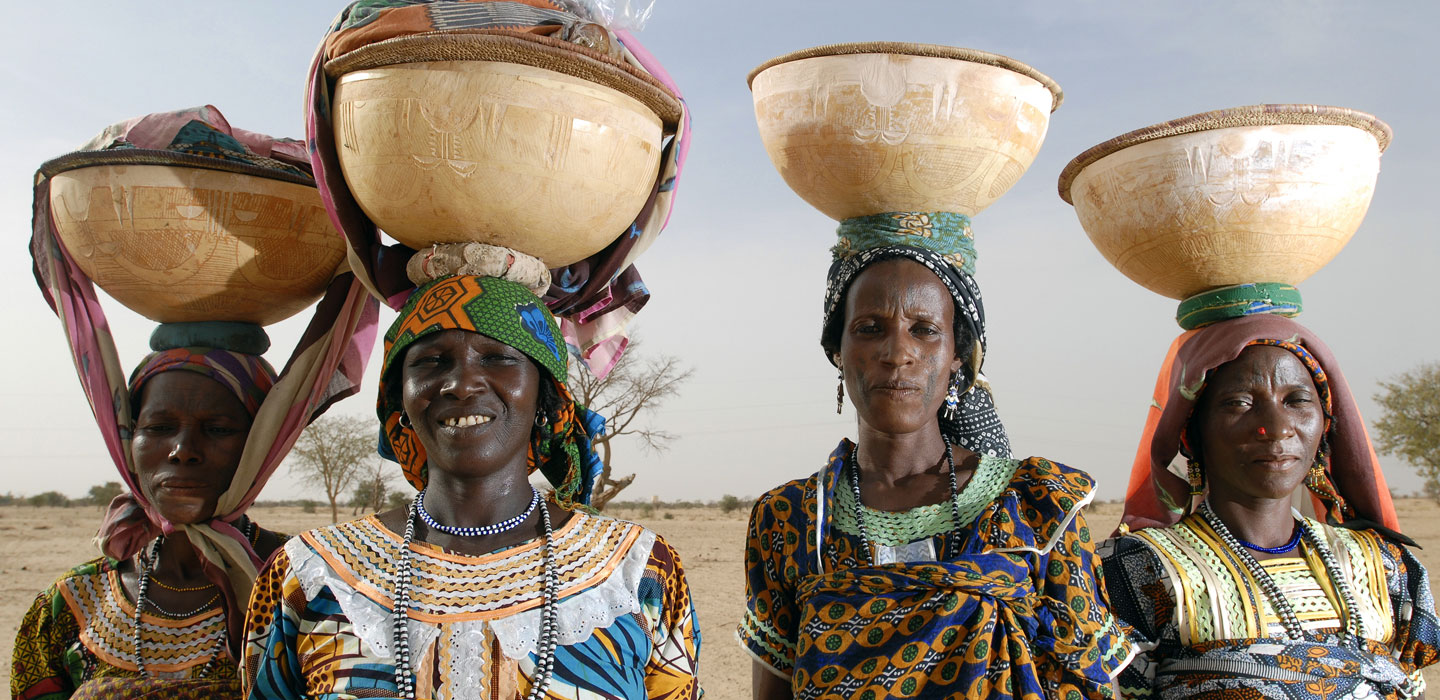Tools and guidelines
Tools and guidelines

Tools and guidelines
Menu Display
SearchResultsFilters
Search Results
Household methodologies
April 2018
Interventions in the agricultural sector to promote gender equality and women’s empowerment (GEWE) mainly focus on strengthening women’s economic opportunities and decision-making capacities as farmers or in groups. However, the same women often remain disempowered within the household.
How to do note: Design of gender transformative smallholder agriculture adaptation programmes
January 2018
This How to Do Note (HTDN) is intended to provide guidance on how to design smallholder agriculture adaptation programmes that consider the differential impacts of climate change on women, men and youth smallholder farmers. This includes recognizing that programme interventions – from design to staffing to capacity development of beneficiaries and local organizations – need to consider how gender will affect sustainability and impact. The experiences, social positions and differing access to resources of marginalized populations are fundamental considerations in the design, implementation, and monitoring and evaluation of gender transformative smallholder agriculture adaptation programmes.
How to do note: Poverty targeting, gender equality and empowerment during project design
August 2017
This How To Do Note (HTDN) provides guidance in addressing targeting, gender equality and women’s empowerment in the context of the IFAD project design cycle.
Toolkit: Poverty targeting, gender equality and empowerment
June 2017
This toolkit explains how to identify and address the diverse needs, constraints and opportunities of poor rural people through IFAD-supported projects and policy engagement.
Gender in climate smart agriculture, Module 18 for the Gender in Agriculture Sourcebook
July 2016
This module provides guidance and a comprehensive menu of practical tools for integrating gender in the planning, design, implementation, and evaluation of projects and investments in climate-smart agriculture (CSA). The module emphasizes the importance and ultimate goal of integrating gender in CSA practices, which is to reduce gender inequalities and ensure that men and women can equally benefit from any intervention in the agricultural sector to reduce risks linked to climate change. Climate change has an impact on food and nutrition security and agriculture, and the agriculture sector is one of the largest emitters of greenhouse gases. It is crucial to recognize that climate change affects men and women differently. The initial assumption is that social differences, particularly gender inequality, must be taken into account to strengthen the effectiveness and sustainability of CSA interventions. Women are key players in the agricultural sector, yet compared to men, they own fewer assets and have access to less land, fewer inputs, and fewer financial and extension services.